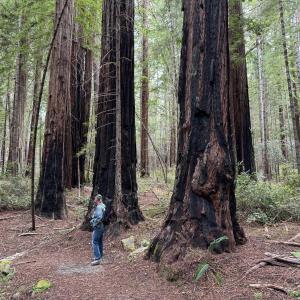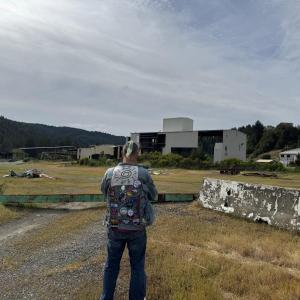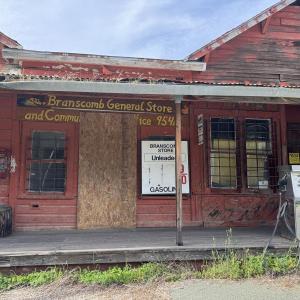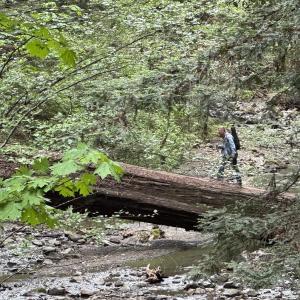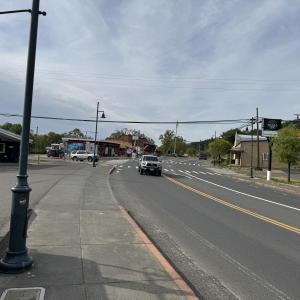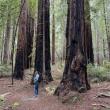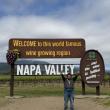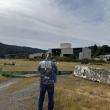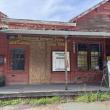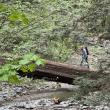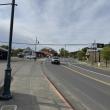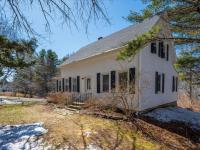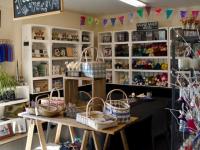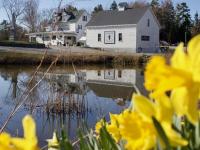This Week in Lincolnville: Dispatch from Laytonville
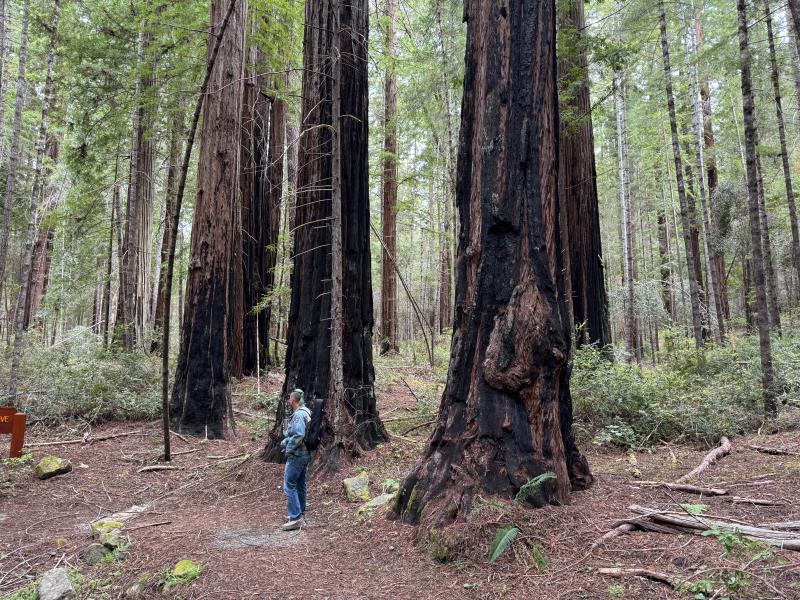 Redwood trees bearing the scars of a past fire, their thick bark a natural protection. (Photo by Ed O’Brien)
Redwood trees bearing the scars of a past fire, their thick bark a natural protection. (Photo by Ed O’Brien)
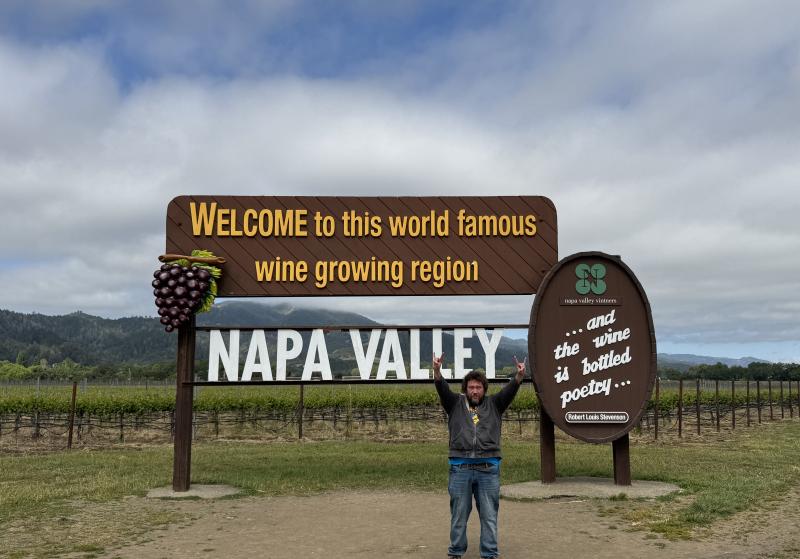 The gateway to the Napa Valley. (Photo by Justin Godey)
The gateway to the Napa Valley. (Photo by Justin Godey)
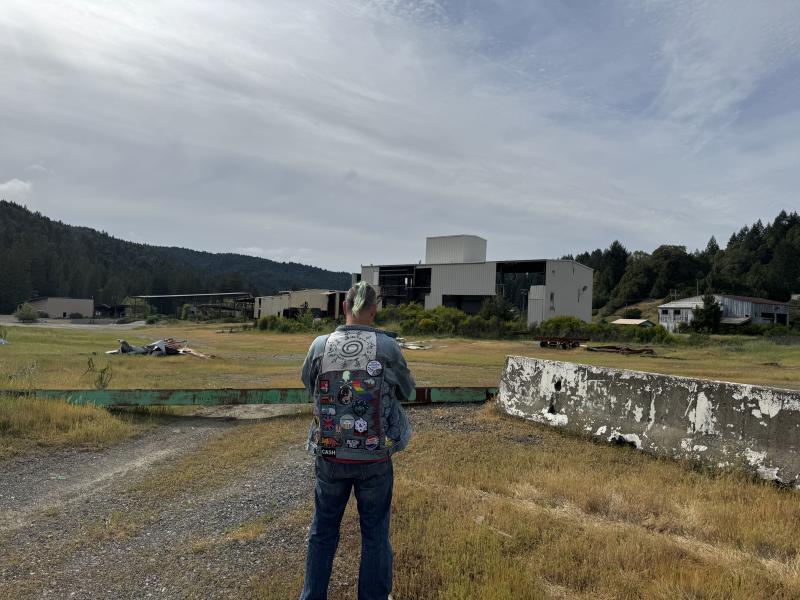 Justin surveys what remains of the Harwood mill, site of a high school summer job. (Photo by Ed O’Brien)
Justin surveys what remains of the Harwood mill, site of a high school summer job. (Photo by Ed O’Brien)
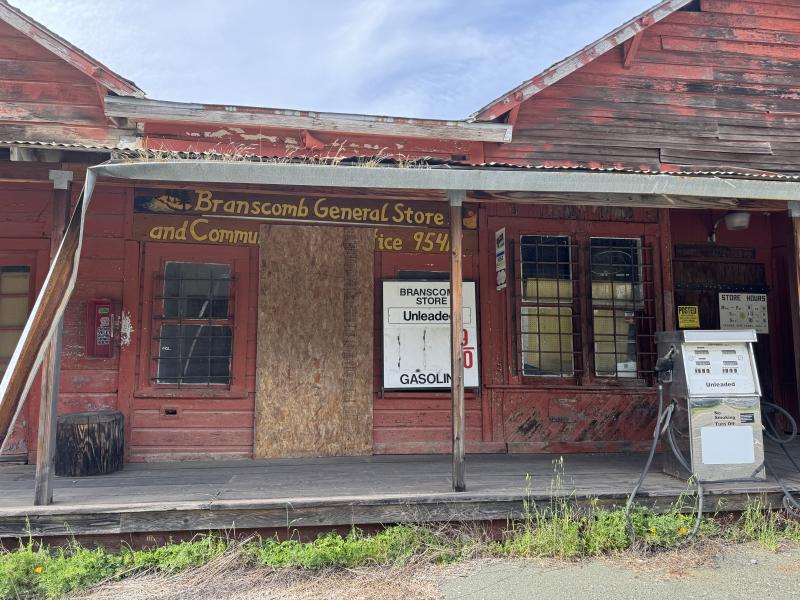 The Post Office and General Store at Branscomb, long since abandoned. (Photo by Ed O’Brien)
The Post Office and General Store at Branscomb, long since abandoned. (Photo by Ed O’Brien)
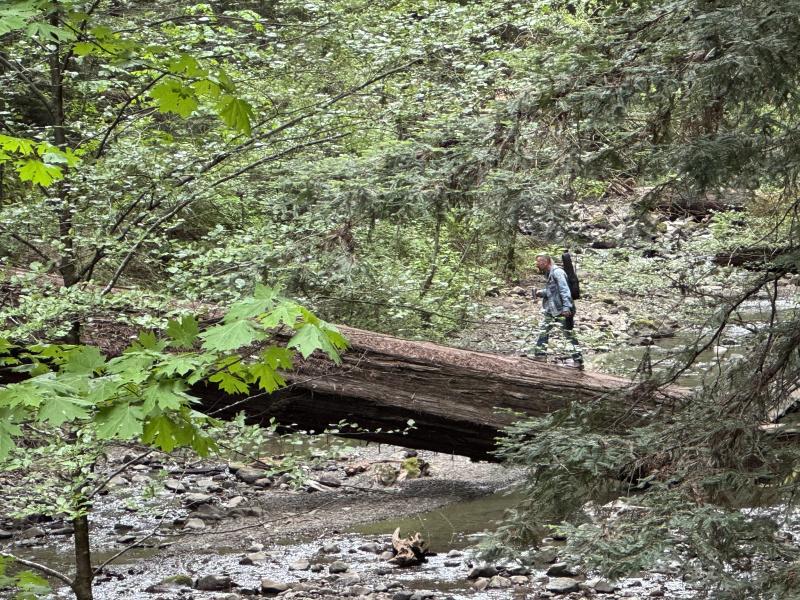 A possible Sasquatch sighting along the Avenue of the Giants. (Photo by Ed O’Brien)
A possible Sasquatch sighting along the Avenue of the Giants. (Photo by Ed O’Brien)
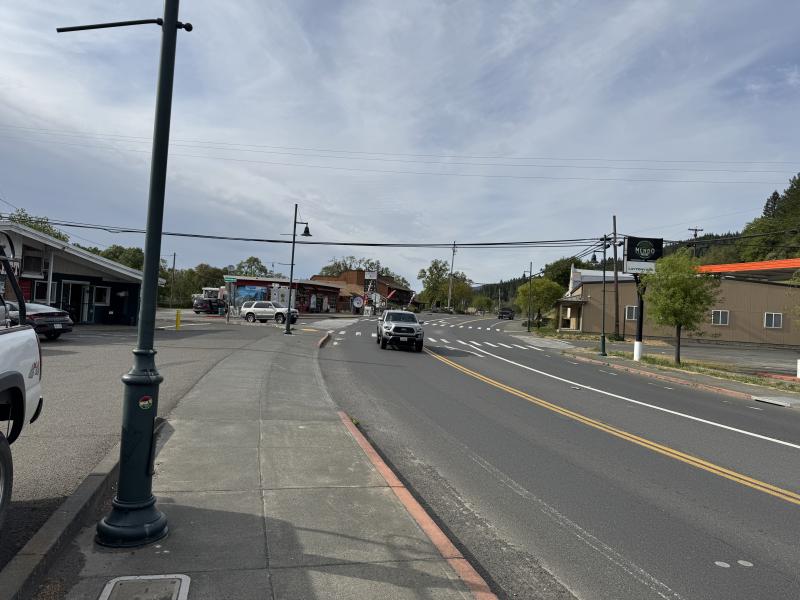 Downtown Laytonville, California. (Photo by Ed O’Brien)
Downtown Laytonville, California. (Photo by Ed O’Brien)
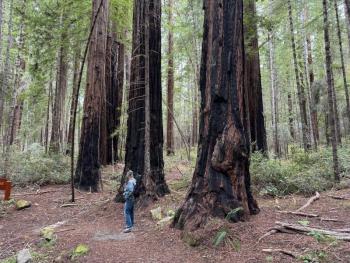 Redwood trees bearing the scars of a past fire, their thick bark a natural protection. (Photo by Ed O’Brien)
Redwood trees bearing the scars of a past fire, their thick bark a natural protection. (Photo by Ed O’Brien)
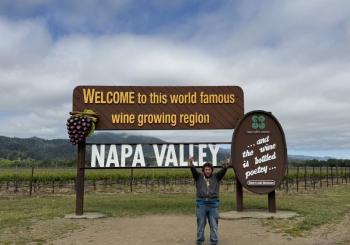 The gateway to the Napa Valley. (Photo by Justin Godey)
The gateway to the Napa Valley. (Photo by Justin Godey)
 Justin surveys what remains of the Harwood mill, site of a high school summer job. (Photo by Ed O’Brien)
Justin surveys what remains of the Harwood mill, site of a high school summer job. (Photo by Ed O’Brien)
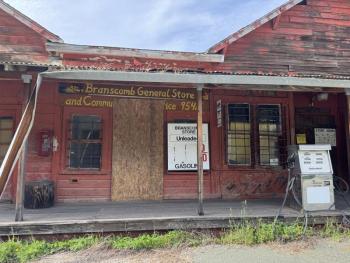 The Post Office and General Store at Branscomb, long since abandoned. (Photo by Ed O’Brien)
The Post Office and General Store at Branscomb, long since abandoned. (Photo by Ed O’Brien)
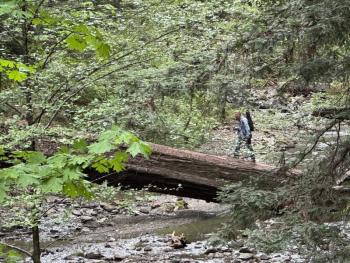 A possible Sasquatch sighting along the Avenue of the Giants. (Photo by Ed O’Brien)
A possible Sasquatch sighting along the Avenue of the Giants. (Photo by Ed O’Brien)
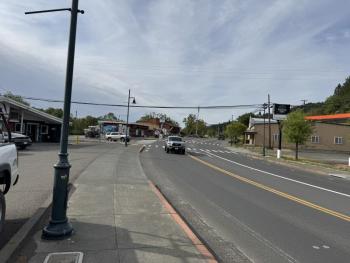 Downtown Laytonville, California. (Photo by Ed O’Brien)
Downtown Laytonville, California. (Photo by Ed O’Brien)
I flew over the Rocky Mountains, squeezed into one of the the back rows, having departed Chicago earlier in the morn. The flight was jammed full, my seat mates a friendly older couple from Cleveland bound for the wineries of Napa, California. I was also bound for Napa, but only for the evening, as my destination was the tiny towns in the Redwood forests of Mendicino and Humboldt counties.
I don’t recall ever crossing the Rockies when the sky is clear, as it was that Thursday morning. Towns and fields filling the valleys between snow capped mountains. How amazing to have made this journey in mere hours, far above the pioneer trails and the former homes of our native populations. The expanses of desert, pit mines, rolling hills.
Over 30 years ago I rold my college roommate that someday I would visit his hometown, Laytonville, California- a town of a similar size and name to Lincolnville- and it was finally time to make good on that promise. In the intervening years he has been to Lincolnvile several times, but I have been neglectful.
I don’t leave Maine often, heck I rarely go much further from home than Camden for work, Belfast for Hannaford’s. An occasional trip to the big city of Portland to stock up on locally unavailable ingredients at the Hong Kong Market.
Yet there I was, traveling to the far coast, far from the familiar.
I recently turned 50, my buddy Justin will be 50 in June. Our phone conversations are about parenting, our hopes and fears for our children, our wives, our mothers, the reality that we are getting older. The state of the world and our concerns for the future. We are old friends, having first met at the cusp of adulthood, and we have experienced life together, though largely over a cell phone in recent years.
As it often is with old friends, we quickly found ourself in a familiar rhythm. I met his kids for the first time, I was there when he met his wife.
Justin and Katherine live in the city of Napa, where they are raising their children, and are active members of the community. While the vineyards and wineries of the Napa Valley have long been renowned, the city of Napa itself was not such a big deal when Justin and Katherine moved there, some 17 years ago. “Guns stores, bail bondsmen, and tattoo parlors,” Justin told me in his familiar, half-cynical/half jocular tone I remember from my late adolescence.
Napa has changed, becoming a high end tourist destination in and of itself, distinctive from the little towns of the Northern Valley. Bougie boutiques and tasting rooms line its immaculate streets, and the place has become a weekend respite for those living and working in the greater Bay Area.
After spending the evening with his family, we set out Friday morning, heading north.
The first part of the day was spent driving through the small towns of the valley, fields of grape vines, separated by beautiful estates boasting names known if you have any familiarity with the California wine industry.
The towns of Yountville and Saint Helena, giving off strong Camden or Bar Harbor vibes, framed with the rising hills of the coastal mountain range. Calistoga, a community dating back to the mid-19th century, following the discovery of natural hot springs, is a lovely place with an “old west meets resort town” feel. This is one of the few places I could see myself living if my heart wasn’t in Lincolnville.
From there, we got on highway 101, the main coastal thoroughfare into Northern California.
We stopped for lunch in the town of Ukiah. Justin remembers Ukiah as the destination for back-to-school shopping and the like in his youth- "the big city", second only to Santa Rosa, further south, which actually boasted a mall! We found that the toy store he remembered remains in the same place, though under different owners.
After checking out the toy store- all five of our kids have mostly outgrown such things, we grabbed chile relleno burritos from the neighboring Mexican place we continued our northern journey.
The prevalence of amazing authentic Mexican cuisine all over this part of California is a huge selling point for me, though I was not able to procure any of the tamales from the street carts dotting Napa City.
All along the trip Justin offered his memories and Northern California lore. The valleywhere Jim Jones’ People’s Temple set up before embarking to Guyana and infamy. The knoll above it where gentleman bandit Black Bart was supposed to have had one of his encampments. Places that held particular significance to his childhood, and brought back my own memories of all the hours we had spent telling each other stories of our early lives in our dorm room at Wheaton College.
We arrived in Willits, "Gateway to the Redwoods", and obtained our cabin, a rustic bunk house at a campground bordering rolling grass-covered hills.
With plenty of daylight left we took the road over the coastal hills to the ocean, an extremely winding path along guardrail-free drops of hundreds of feet, and my first glimpse of fully grown redwoods, though Justin dismissed them as “just” the coastal species, not the real big ones we will see the next day.
Finally descending out of the hills, we arrived to the cool and foggy shore of the Pacific at Fort Bragg, a mix of tourist and working waterfront which naturally feels comfortable to a boy from the Maine Coast.
He took us up California’s Route 1, while repeating a tale I’d heard many times before, about how he and his high school girlfriend had managed to get their car mired on a logging road, and hiked out to Fort Bragg, and after three days, finally managed to find someone to haul the vehicle out of BLM (Bureau of Land Management) forest and return to their home in Laytonville. He was 16.
California’s Route 1 is a lot more windy and precarious than the one on the East Coast, and absolutely stunning.
After passing through the tiny town of Westport, just before Route 1 stops following the coast. Cliff erosion has made continuing the road north from here, resulting in the mostly uninhabited California Lost Coast. Justin turned east before Route 1 ended though, wanting to take me by a more exciting road. It was gravel in his time, and marked with fully loaded, speeding logging trucks.
It was thankfully mostly deserted for us, and fully paved; passing through overhanging redwoods, stunning and terrifying vistas, and juvenile graffiti in the middle of the pavement. This was the way he and his high school friends would take from Laytonville to the beach.
We left the forest into the town just West of Laytonville, the community of Branscomb.
Most of the towns in this part of California started as logging towns, and Branscomb was the site of one of the last operating sawmills, the Harwood Mill. It was here that Justin worked during high school, and where he was able to demonstrate his growing computer skills.
Justin knew that Branscomb was little more than a ghost town these days, but I think even he was a little shocked by what we found- the mill slowly being retaken by nature, the general store and post office boarded up, as if one day everyone just disappeared. He pointed out what looked like a jumble of junk across the street. Once, he told me, it had been the best playground, surrounded by a Redwood grove, now long gone.
From here we headed into Laytonville proper, and the stories of childhood flowed. The small native reservation, or Rancheria, just outside of town, with a small casino. The dirt road where he ran cross country; the home where he grew up with his father, now mostly hidden behind a gate.
And then the main drag, alone Route 101, a collection of stores and small restaurants, schools, and a rodeo ring.
Laytonville was a lumber town, a mill town. A place where the mill owners attempted to ban the Dr. Seuss Book The Lorax. A place where in Justin’s childhood, the writing was on the wall for the redwood lumber industry, and even his boss at the Harwood Mill, of Lorax-banning fame, acknowledged that the lumber industry may have taken things too far. And a new industry was taking hold.
The California counties of Mendocino, Humboldt, and Trinity are informally known as “The Emerald Triangle”, for a certain plant that grows well and benefits from the isolation and inaccessibility of this part of the world during a time of prohibition.
A plant that is now legal if regulated in California and many parts of the country, though as we heard walking though Laytonville, some still lament the current status. A woman, who had just left the thrift store with an alto sax she cannot yet play, stopped to chat with us. She talked about the how the community has changed in her 19 years in Laytonville. From her statements, Justin concluded that she had likely been a "trimmigrant", someone who had moved up here to work in the ilicit cannabis industry, and never left. It certainly impacted many locals — another industry lost — though Justin hold no romanticism for the often lawlessness of his childhood community.
But with both lumbering and the illicit industry that followed largely vanished, the entire region is suffering. Everywhere were signs of rural decay — empty lots where burned down businesses once stood, abandoned homes crumbling into the forest, where childhood friends lived.
The next morning, we headed further north, into the Redwoods proper. Past Laytonville we reached Leggett, where he often spent time at his mother’s home, and where his younger sister Amber still lives.
Unfortunately, Amber was out of town for the weekend, as I would have liked to have harassed her. Amber also went to college on the East Coast, a Bowdoin alumna.
We did get to experience Leggett’s famous drive through Redwood, the Chandelier Tree, over 2,200 years old, and seemingly no worse for the large tunnel cut through the base. This was not the case with the many other trees where this type of tourist attraction was attempted.
I am not a particularly spiritual person, but Justin took me on a hike near his mother’s former home, amongst massive Redwoods scarred by a passing fire maybe 10 years back. Their thick bark was blackened about 30 feet up the trunks, but the trees were unharmed, ready to grow another millennia. He showed me how new trees sprung up from the remains of fallen giants, and the whole experience was awe inspiring. And, dare I say, spiritual.
As we continued up the Avenue of Giants, he commented on how much less traffic there is, how so many of the numerous roadside attractions were run down, or completely decaying into the environment.
Have we become a people where the destination is more important than the journey? For decades families would pile into the car, seeing natural wonders, and manufactured wonders, and pick up a souvenir Bigfoot glass, or a stuffed banana slug. Are road trips fading, and with concerns about the environmental impacts of car traffic, is that a good thing?
The Redwoods have existed for millions of years, but they are a very climate sensitive species, only able to exist under certain conditions. They are considered threatened, and many experts believe we may be the last generation to see them fourishing in their natural environment.
So many impressions from this trip. Traveling through wine country, in spite of the beautiful estates and vineyards, it is an industry in trouble. Consumption habits have changed in America and wine is highly dependent on imports. Not to mention the impact that the immigration crackdown may have.
Napa is a city where Spanish is spoken everywhere. Justin and Katherine’s children both attend bilingual public schools, and their middle school daughter frequently speaks of the fear some of her classmates are experiencing — will their parents still be there when they get home?
The fates of the old logging towns of the Redwood Forest, and the uncertain fate of the trees themselves, as the weather grows drier and the balance of cool humid air the trees need to survive becomes less certain.
I could go on and on about my impressions from this trip, but the East Coast is calling me. I have seen Laytonville, I have seen the Redwoods, but now it is time to go home.
I think I will be back.
By the way, Justin has published a series of books, modern-fantasy detective stories set in Napa and the regions of his childhood. Check them out at justingodey.com.
Thanks Lincolnville, for indulging me this diversion to the West Coast. I will be back to writing about Lincolnville next week. Be kind and breathe deep. Reach out at ceobrien246@gmail.com.
Municipal Calendar
Monday, May 5
School Committee Meeting, 6 p.m., LCS
Tuesday, May 6
Library open 3-6 p.m. 208 Main Street
AA Meeting 12:15 p.m., Community Building, 18 Searsmont Road
Heart and Soul 12 p.m., Library
Wednesday, May 7
Conservation Commission, 4 p.m. Town Office
Bayshore Baptist Church, Youth Group, 7:30 p.m.
Friday, May 2
AA Meeting 12:15 p.m., Community Building, 18 Searsmont Road
Library open 9-12, 208 Main Street
Saturday, May 3
Library open 9-12, 208 Main Street
Sunday, May 4
United Christian Church, 9:30 a.m. Worship and Children’s Church, 18 Searsmont Road
Bayshore Baptist Church, 10 a.m. Sunday School for All Ages, 10:40 a.m. Coffee and Baked Goods, 11:00 a.m. worship, 2648 Atlantic Highway

